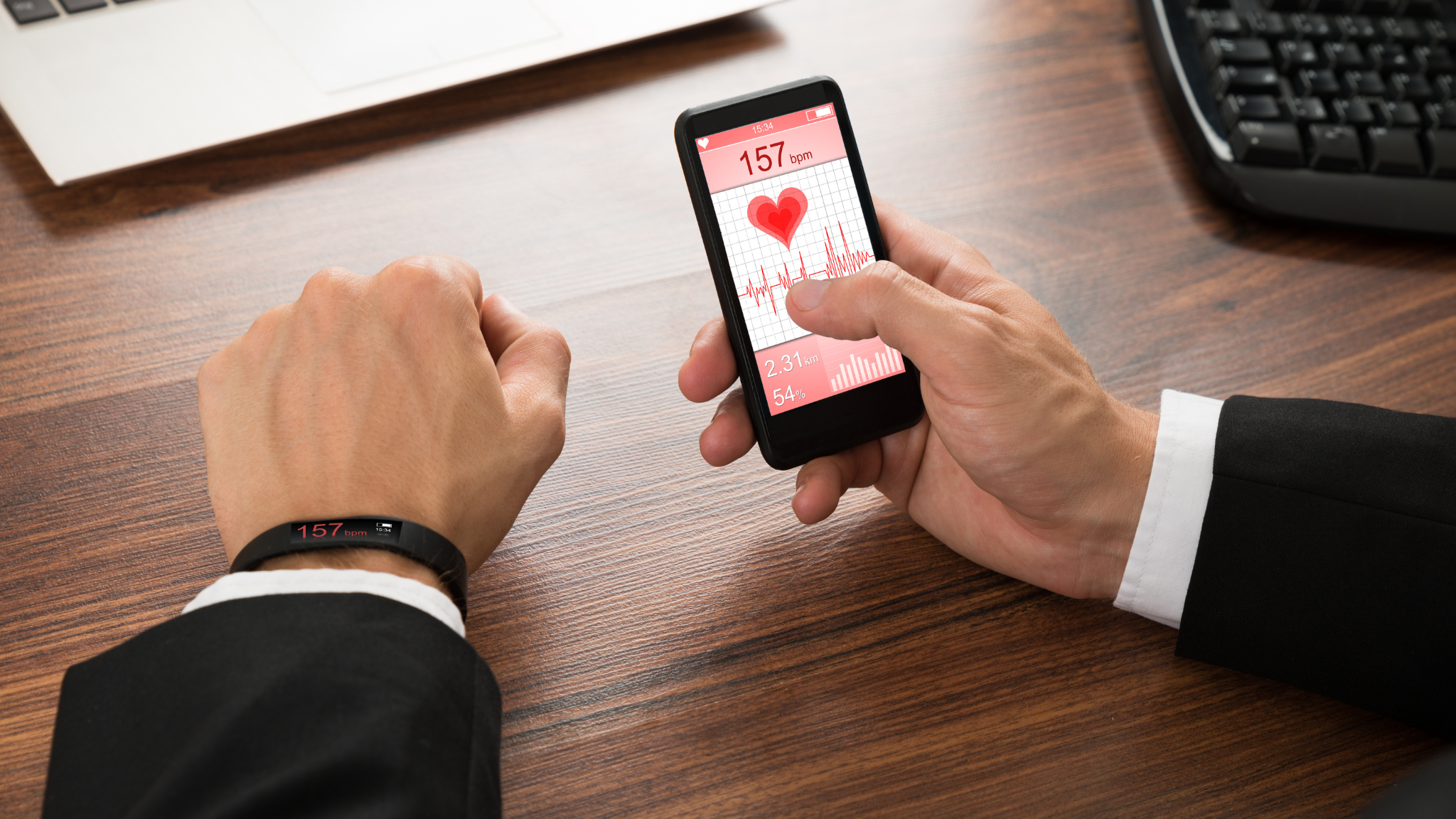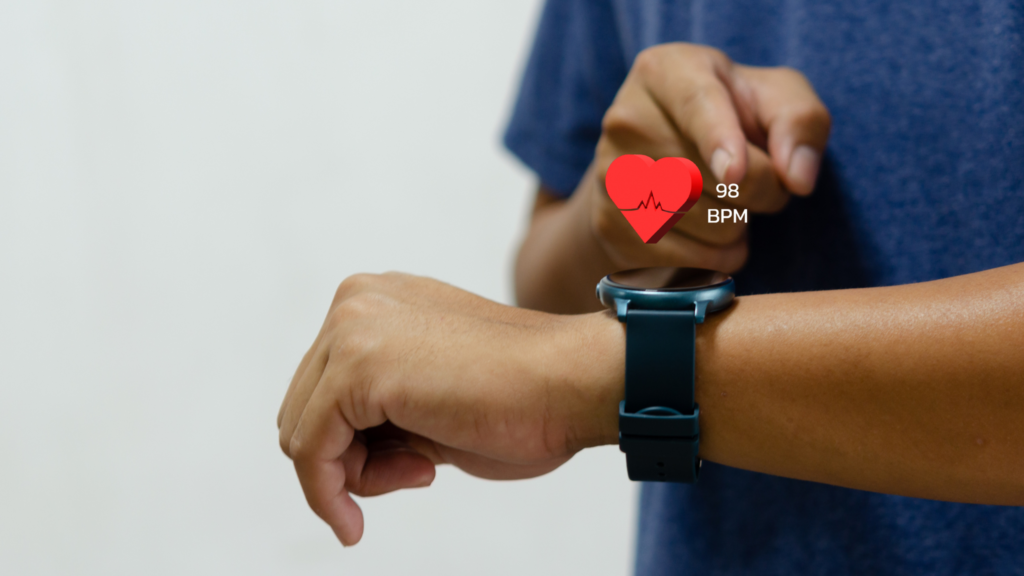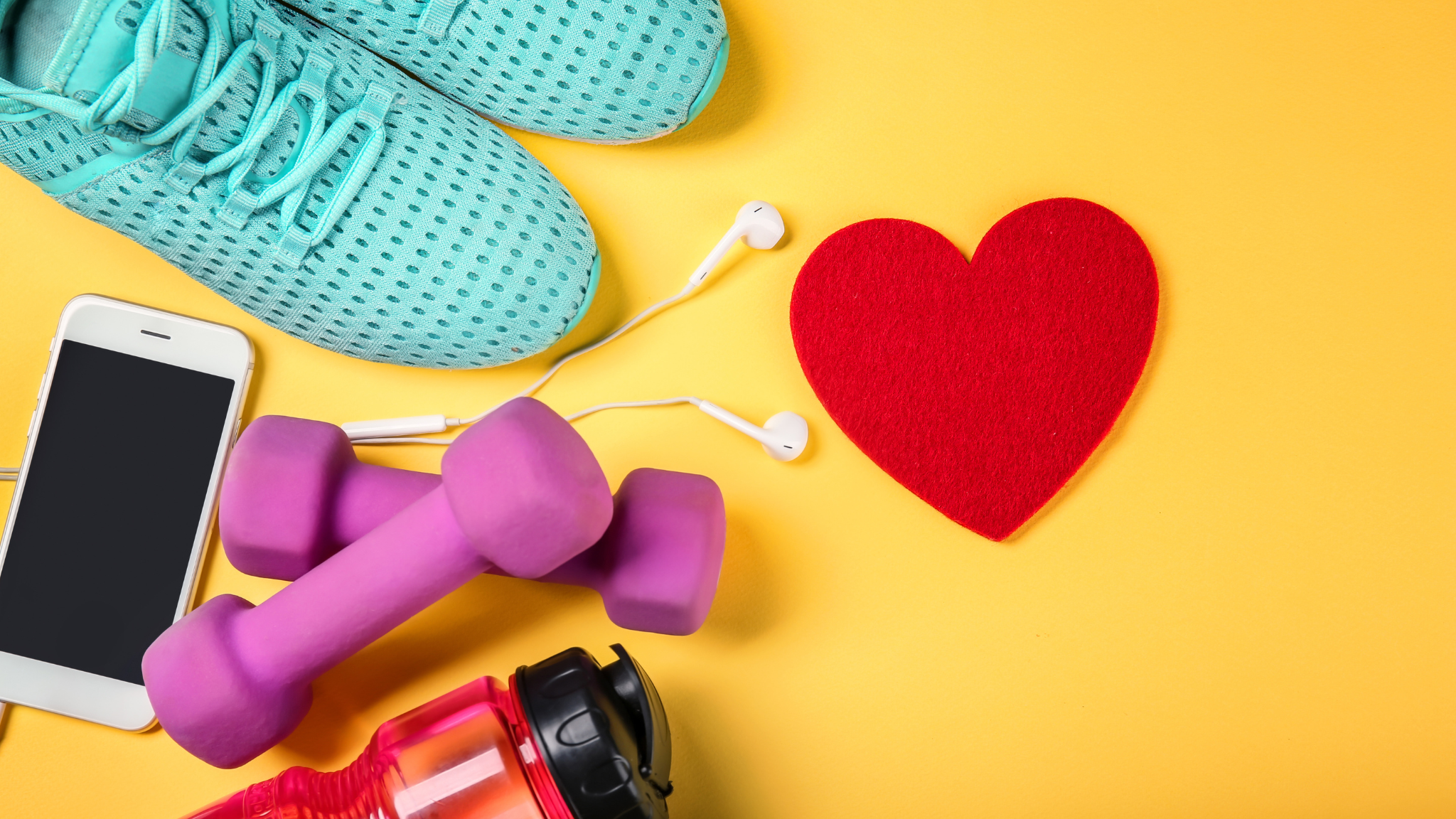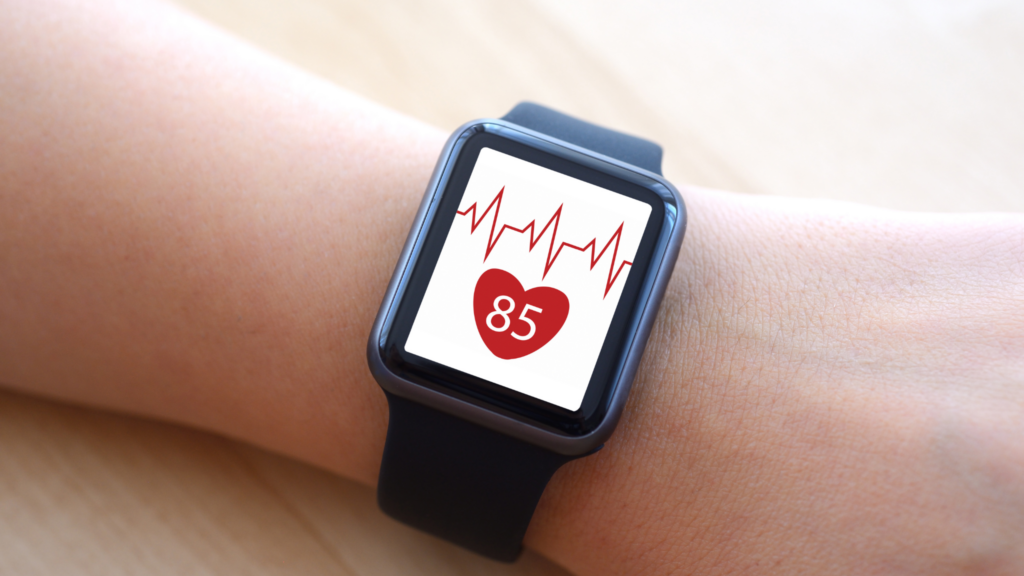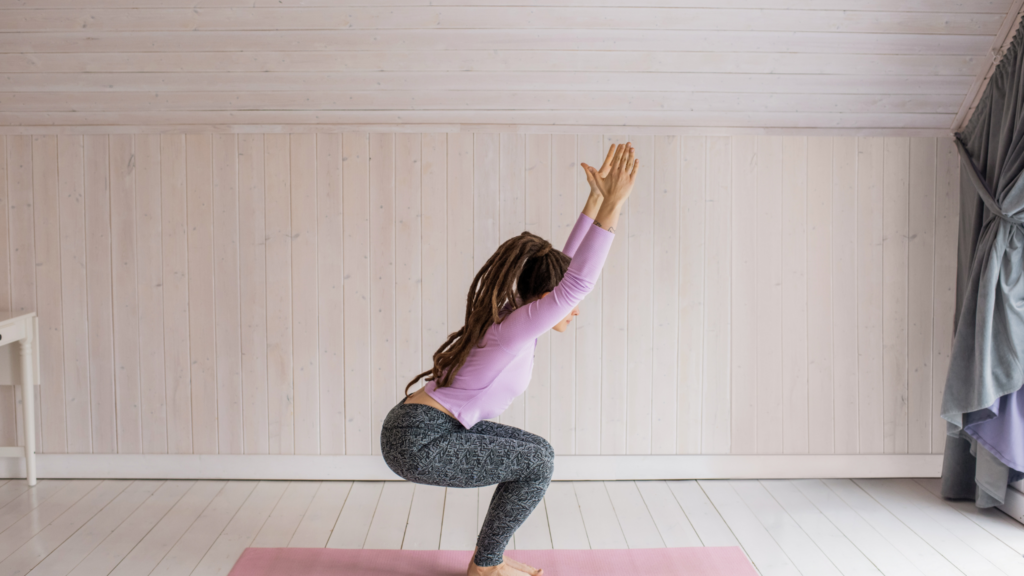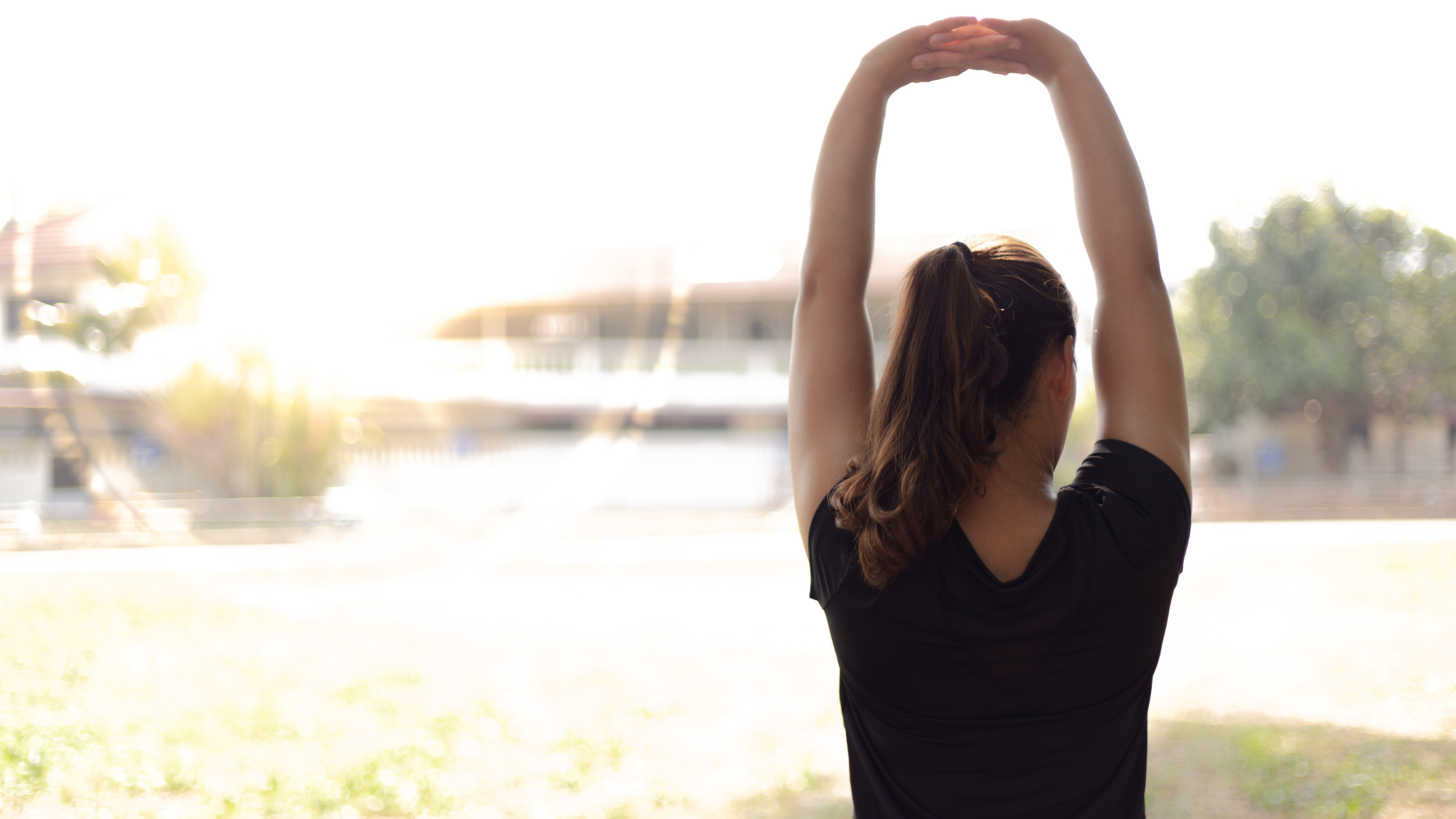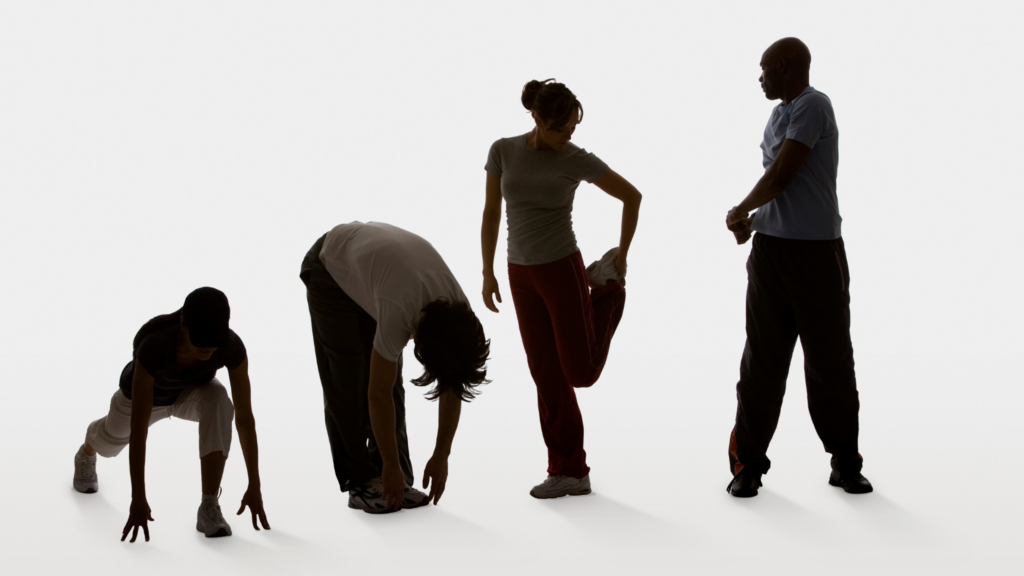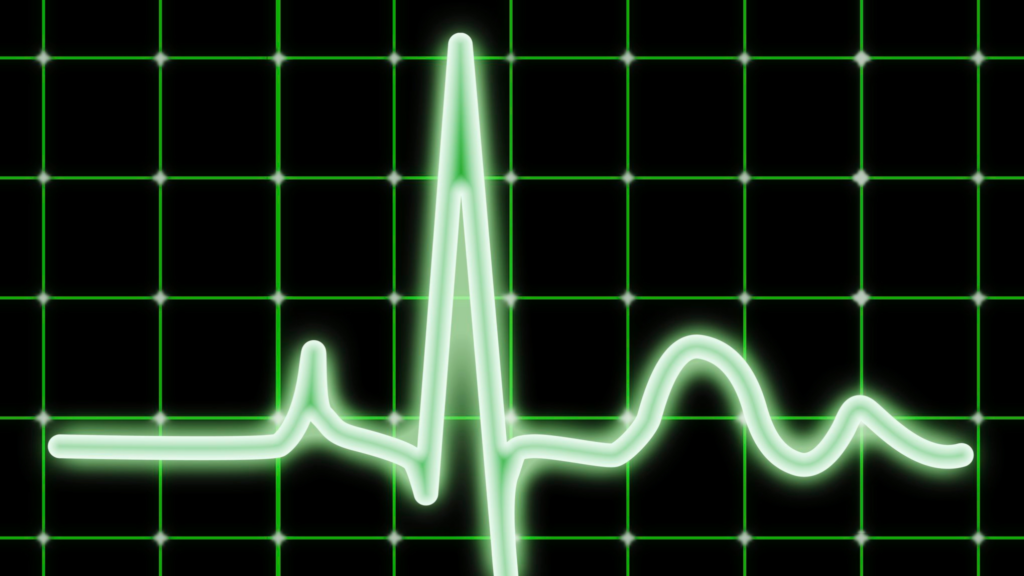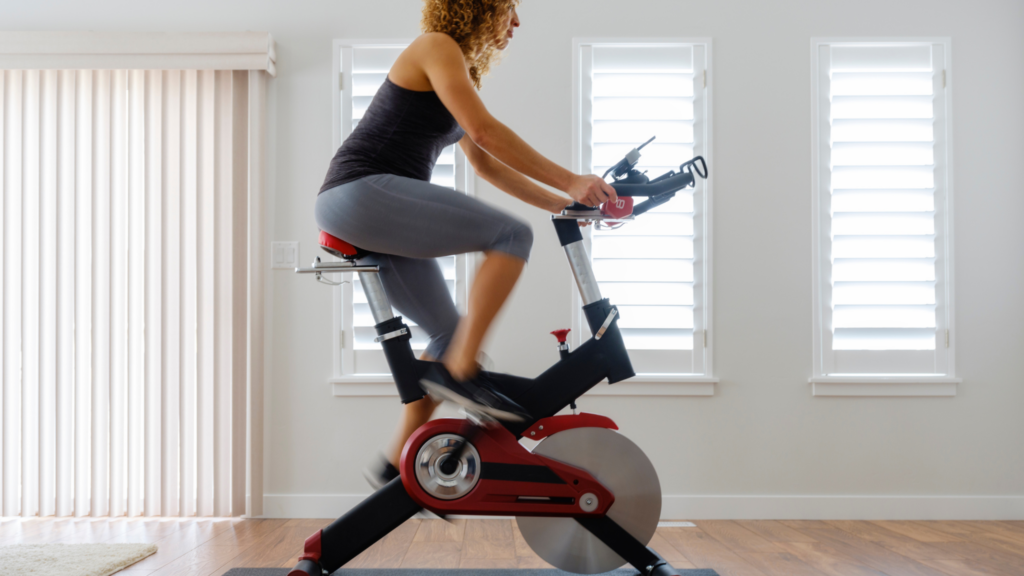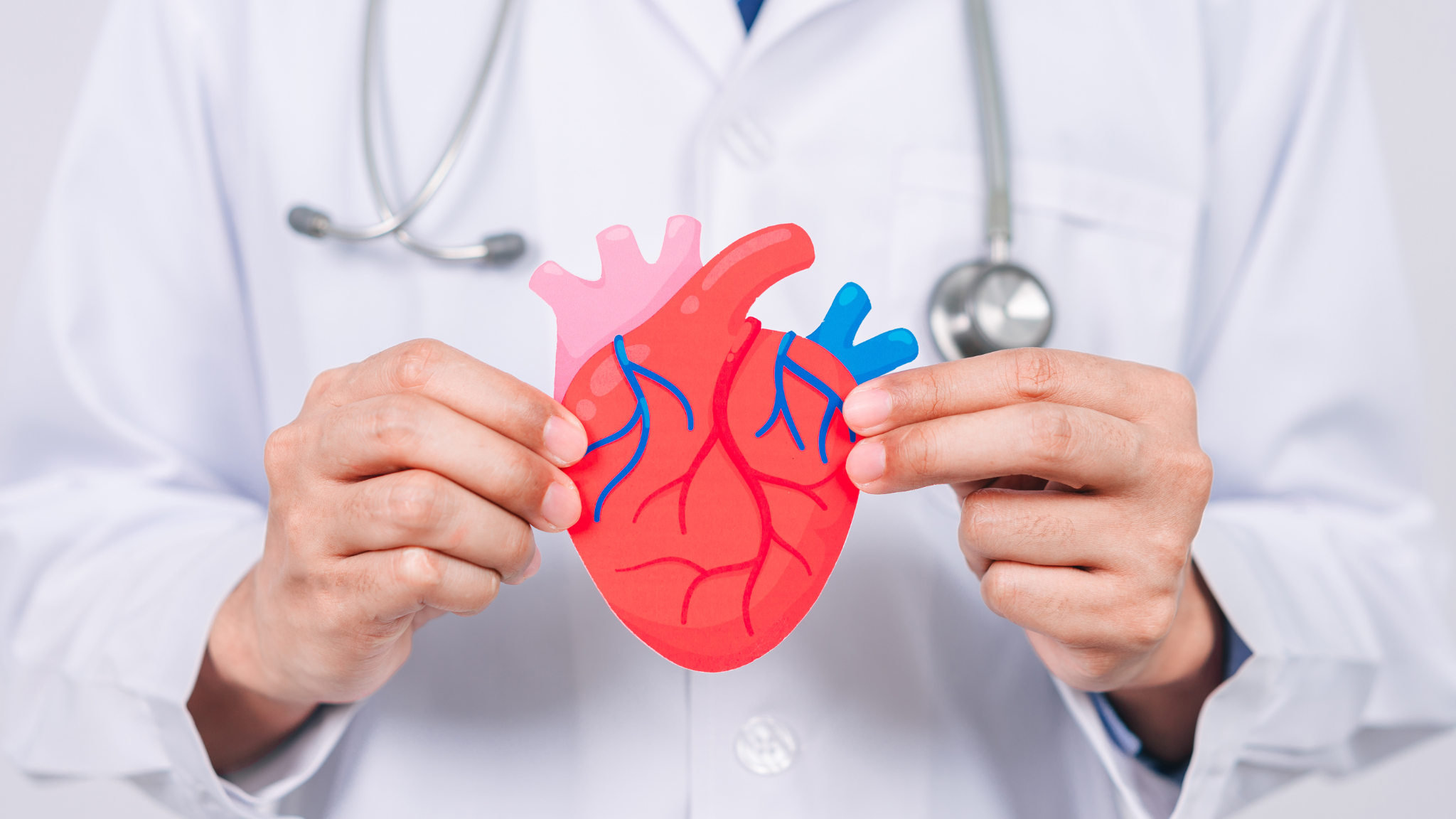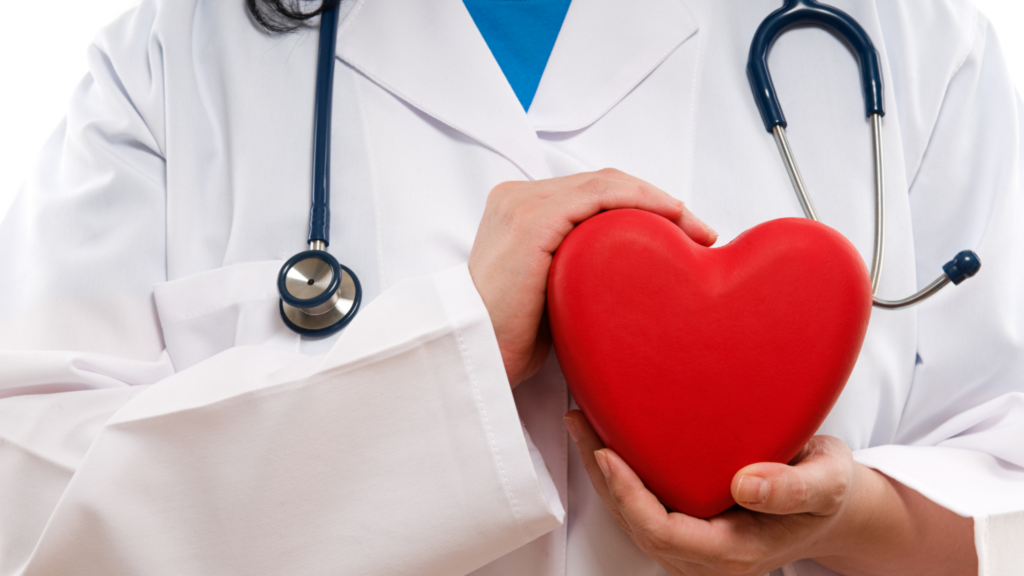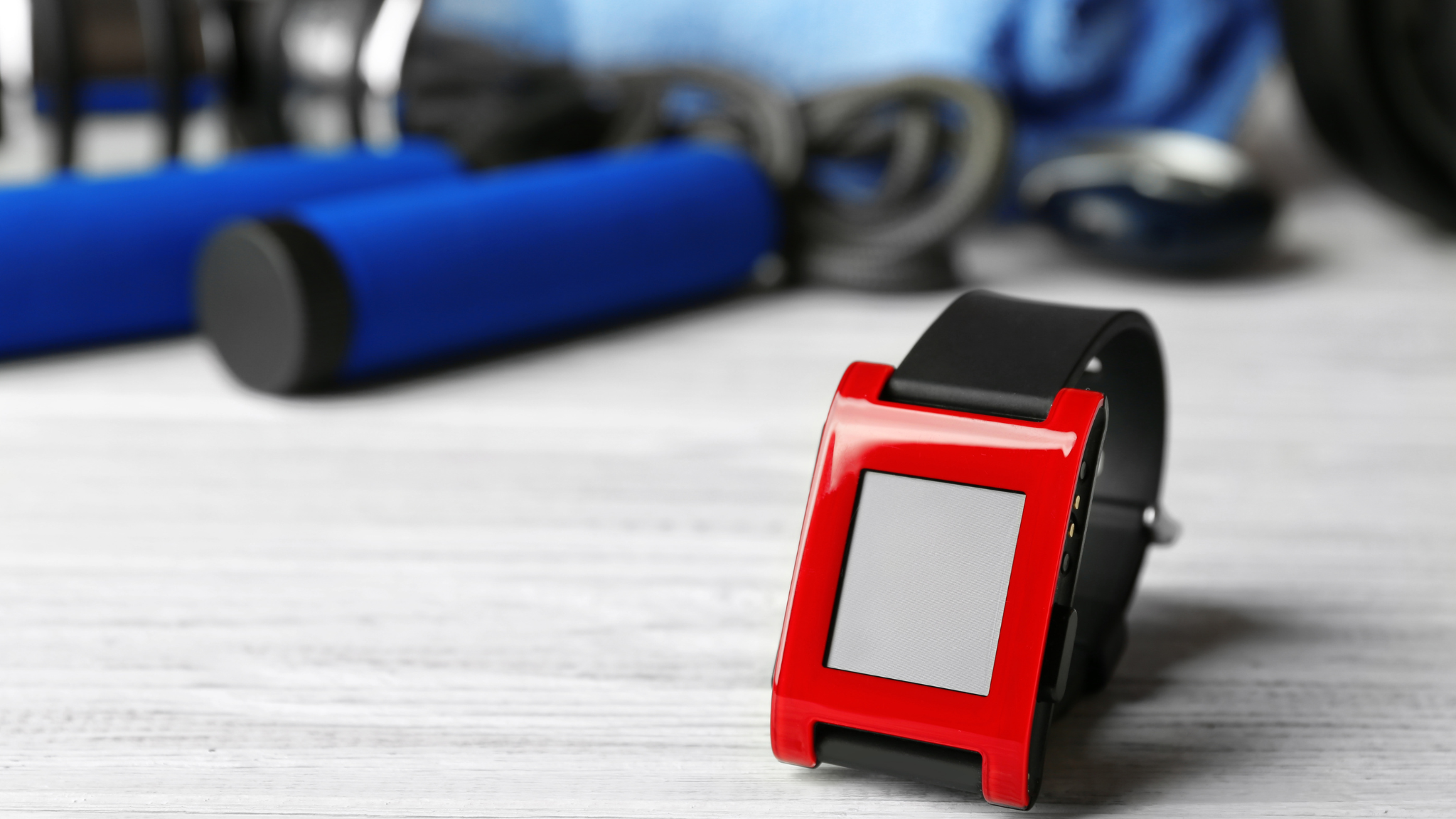Undergoing something as severe as heart surgery is not a walk in the park. This is a physically and emotionally overwhelming experience; therefore, you need to ensure you give yourself the time to recover properly. One of the biggest concerns many people have is what their life is going to be like after surgery. Can you exercise after heart valve replacement surgery? What food should you eat? How drastically is your life going to change?
All this depends on the type of replacement you get. Some people have to have open heart surgery, while others can get minimally invasive surgery. Minimally invasive surgery is often easier to heal from. However, here’s what you can expect.
What to Expect Immediately After Heart Valve Surgery
As should be expected, you’ll have to stay in the intensive care unit (ICU) after your heart valve repair or replacement so that the doctors can monitor you appropriately and ensure your body is responding well to the new valve.
On average, most people stay in the hospital for two to five days after mitral or aortic valve replacement surgery. However, there’s no need to feel discouraged. During this time, your doctors will work with you to help rebuild your strength and get you moving again.
To start moving again, you’ll be able to go to the bathroom and walk down the hospital’s hallways. However, it’s crucial to do this with a physical therapist or nurse present.
What Happens When You Leave the Hospital?
You shouldn’t experience any shortness of breath, fatigue, chest pain, or other symptoms associated with heart disease. However, it will still take a few weeks before you feel completely normal again.
Before you’re ready to leave the hospital, your doctor will give you instructions and directions to ensure a smooth healing process. A few of the important details you’ll discuss will pertain to your medication, diet, physical activity, etc.
If you want to ensure your recovery process is as smooth as possible, you’ll want to stick to the following advice:
- Follow all care instructions regarding surgical incisions
- Take your medication as prescribed
- Get enough rest
- Attend all your scheduled appointments for doctor visits and labs
- Gradually increase physical activities such as walking (Don’t overexert yourself.)
You might have to undergo bloodwork to assess your medication levels and diagnostic studies to evaluate your new heart valve’s function.
It’s vital to keep up with your regular checks even after you start to feel better. This will help you identify any issues with your valve or heart health should they arise, making it easier to treat.
Exercising After Heart Valve Surgery

Your exercise tolerance will depend on your unique circumstances. However, you need a strong heart muscle to improve your heart health and blood flow. Many teams will impose physical restrictions; however, you should allow your medical team to give you an exercise and cardiac rehabilitation program. This will help strengthen your heart again.
Some of the most common types of exercise recommended for those who’ve undergone aortic or mitral valve surgery include:
- Walking
- Swimming
- Cycling
Don’t dive into high-intensity workouts too soon. If you’re eager to get back in the gym, many gyms have heart conditioning programs. Look for a gym that has well-trained instructors and is affiliated with trusted medical resources. Always discuss this with your doctor first. Ideally, you should look for a cardiac rehab program that specifically caters to cardiac fitness.
The most important thing is to start exercising slowly. You’ll gradually be able to increase your pace over time. A few other helpful tips are:
- Don’t exercise in hot, cold, or humid spaces. Ideally, you should exercise indoors or walk around your local mall.
- Stay hydrated before, during, and after your workouts. Water is key in reducing the stress on your heart and dehydration.
- Take lukewarm showers and avoid hot saunas or steam rooms, as the steam and heat put too much pressure on your heart.
By implementing a regular exercise program that’s suitable for your lifestyle and age, you’ll experience a massive improvement in your overall heart health.
Eating a Healthy Diet
Choosing to implement healthy foods into your diet will make a massive difference to your heart health. It’s time to say goodbye to junk food, such as excessive sugar, chips, and fried food.
If you need a good snack alternative, apple slices with peanut butter will not negatively impact your heart health the way chips and sweets do.
Other foods that promote better heart health include:
- Healthy fats, such as avocados, seeds, nuts, and olive oil
- Fish, poultry, lean meats, and beans
- Fresh fruits and vegetables
- Dairy products
- Complex carbohydrates, including sweet potatoes, whole wheat pasta, and whole grain bread
It could be a good idea to schedule an appointment with a registered dietitian if you need some tips on how to prepare healthy food and stick to a disciplined diet. A professional can also help you with meal preparation and menu planning. Eating a healthy diet will also help control your blood pressure, cholesterol, and weight.
How Long Does it Take to Recover from Aortic or Mitral Valve Replacement?

The time it takes to recover from any type of cardiac surgery will differ depending on the person. However, on average, it takes people approximately 4 to 8 weeks to recover. This may be shorter if you had minimally invasive surgery.
Booking an effective cardiac rehabilitation program will help ensure the healing process is as efficient as possible. This is a dedicated program that supports anyone who has experienced heart problems, such as heart valve disease and heart failure. When undergoing this program, you’ll learn how to live a healthier lifestyle and improve your quality of life.
The Verdict
It is certainly possible to live a normal life after undergoing mitral or aortic valve surgery. By incorporating a gradual exercise and cardiac rehabilitation program, eating a healthy diet, and following all your doctor’s guidelines and instructions, you’ll be on the road to recovery in no time!


